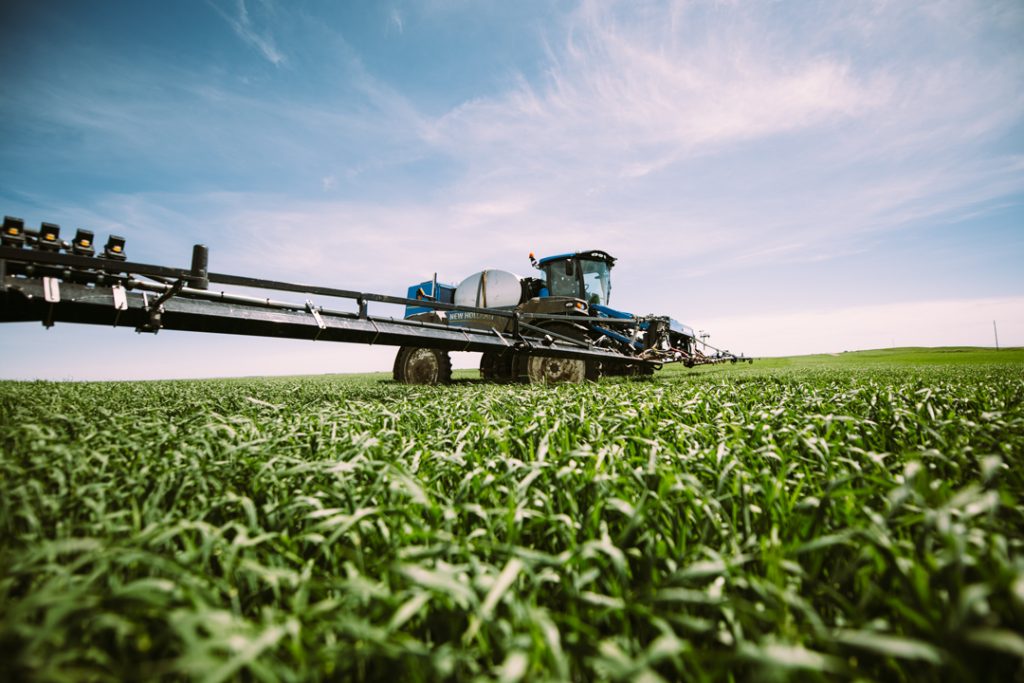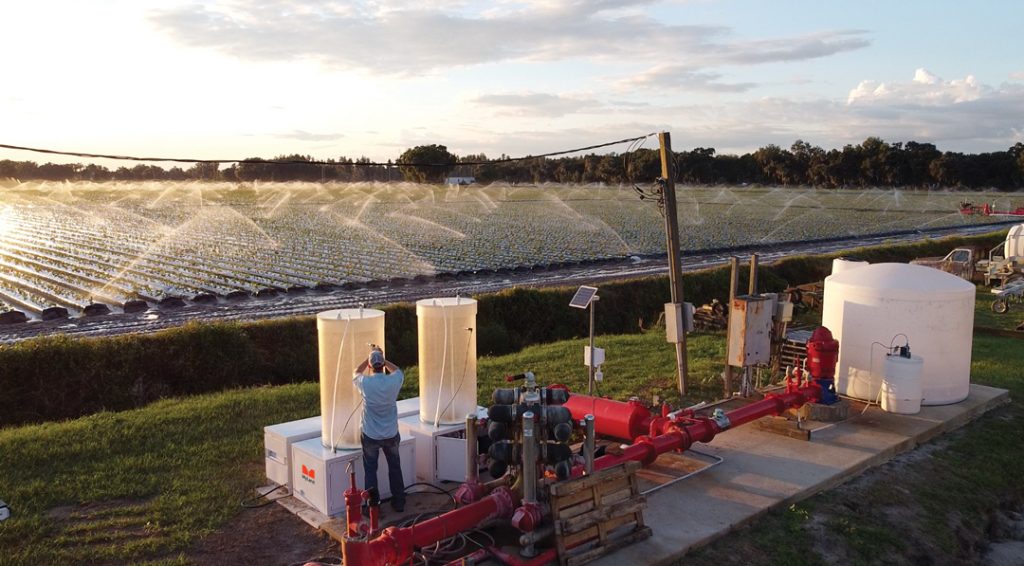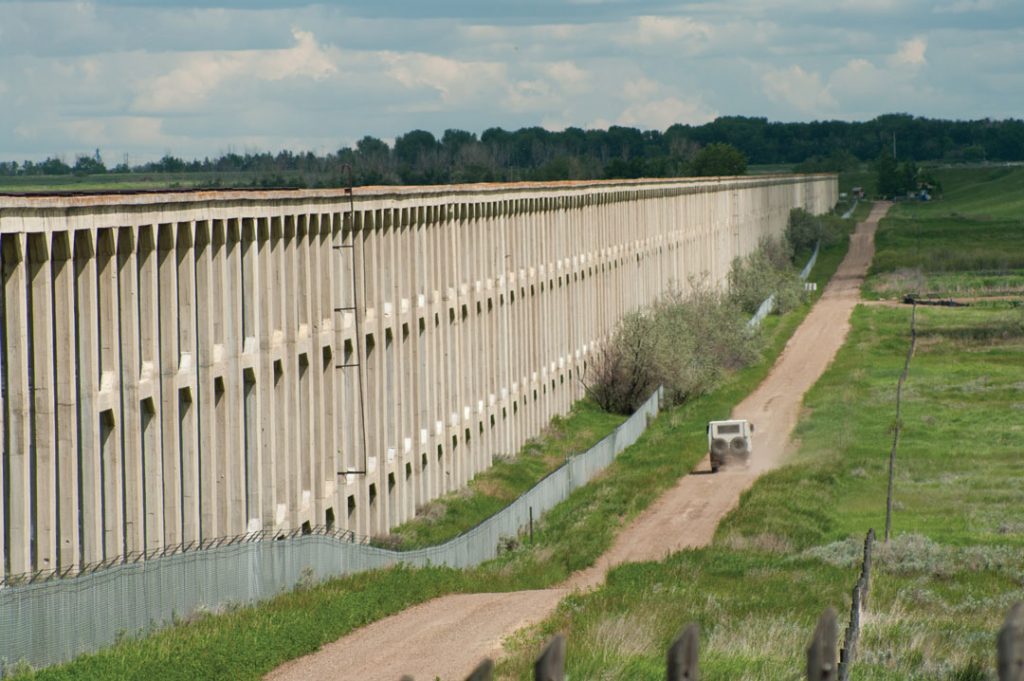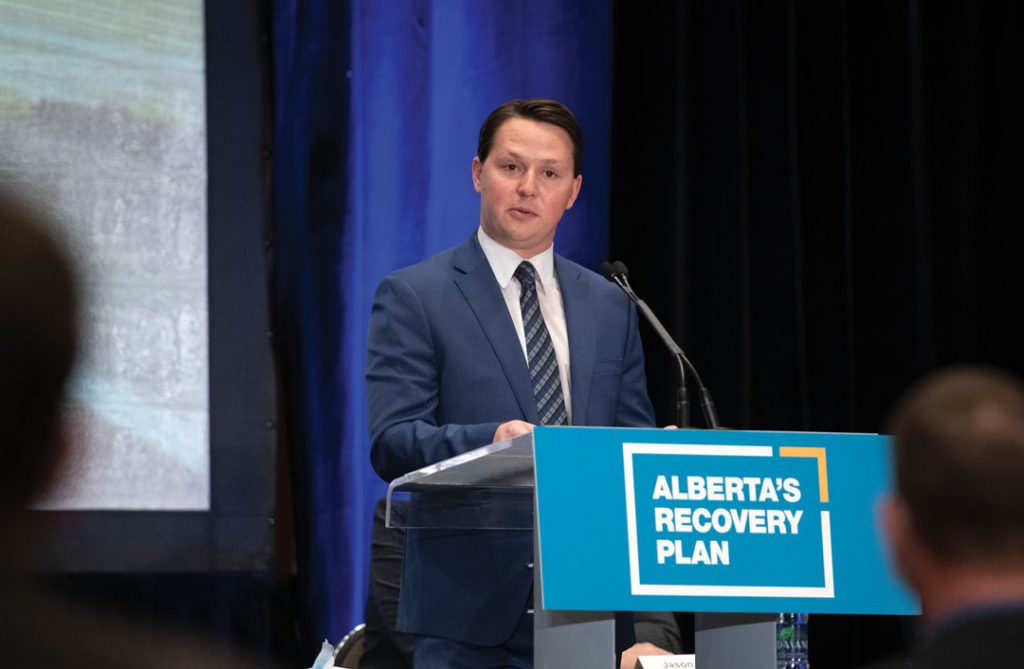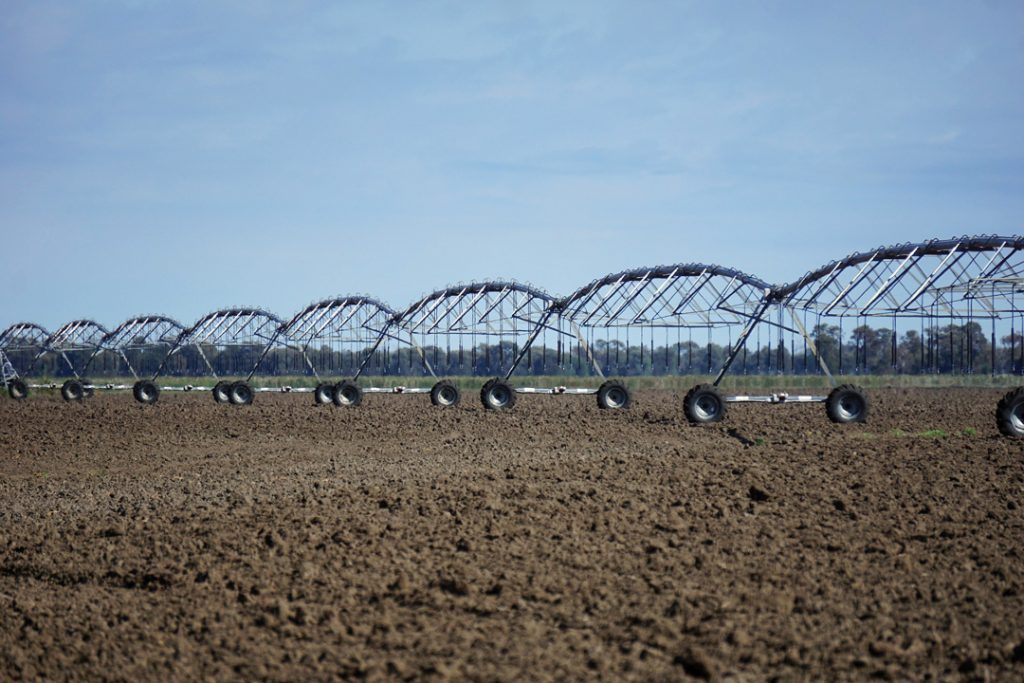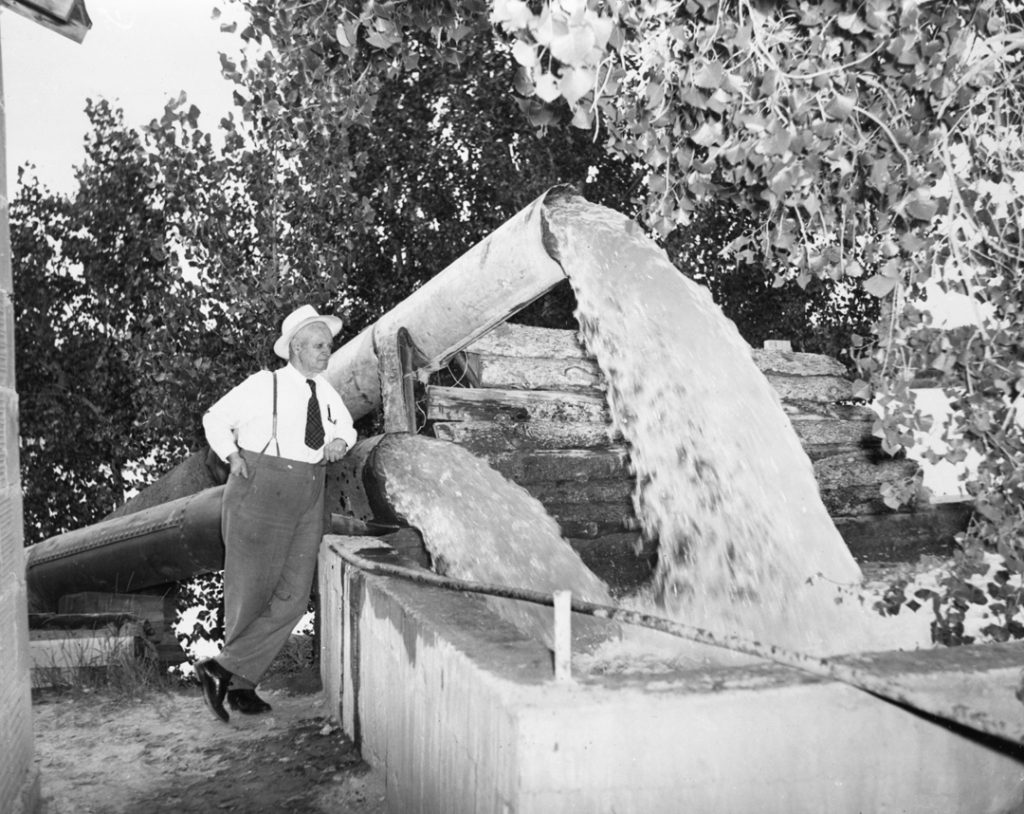COAL, CROPS AND COMPLIANCE
The proposed reopening of the Grassy Mountain coal project on Alberta’s Eastern Slopes has prompted questions about selenium and downstream water quality among scientists, citizens and farmers. In a January Grainews column, retired agronomy research scientist Ross McKenzie raised concerns about selenium mobilization and its persistence in watersheds downstream from the Eastern Slopes. In July, ecotoxicologist Guy Gilron responded in a letter to the editor, arguing that guideline exceedances do not necessarily translate into risk and that regulatory controls exist, characterizing McKenzie’s warning as alarmist.





